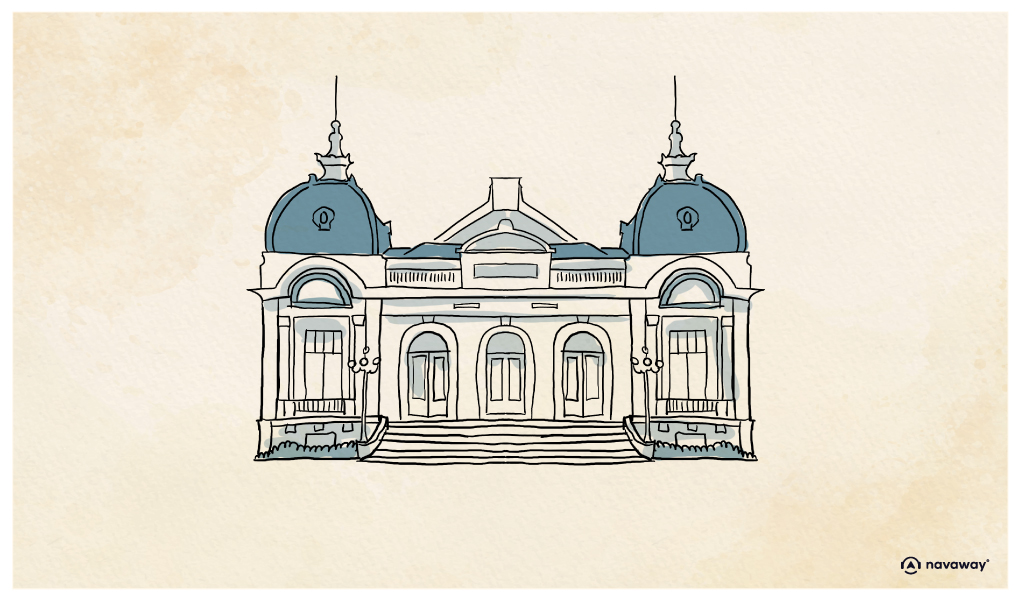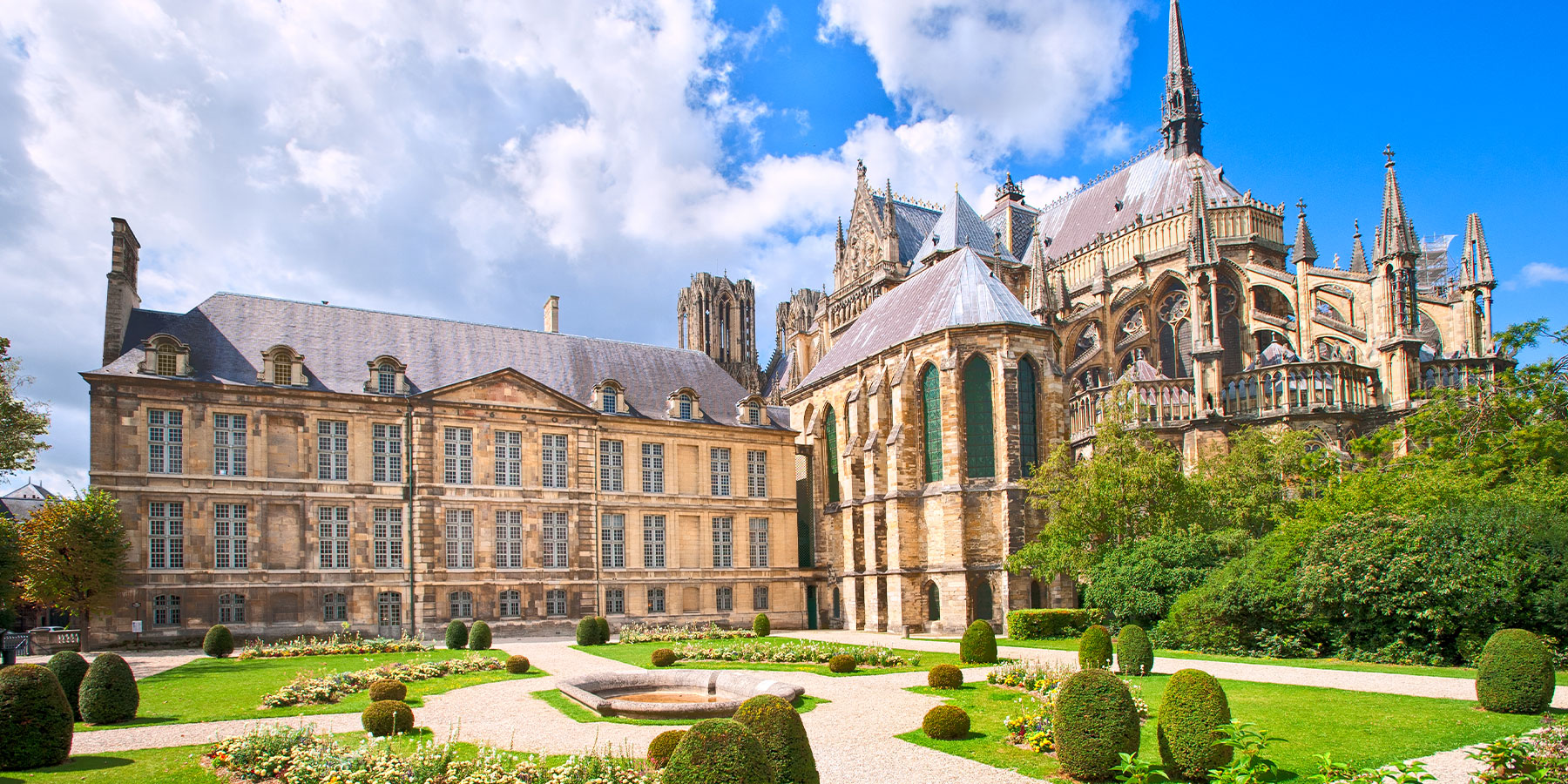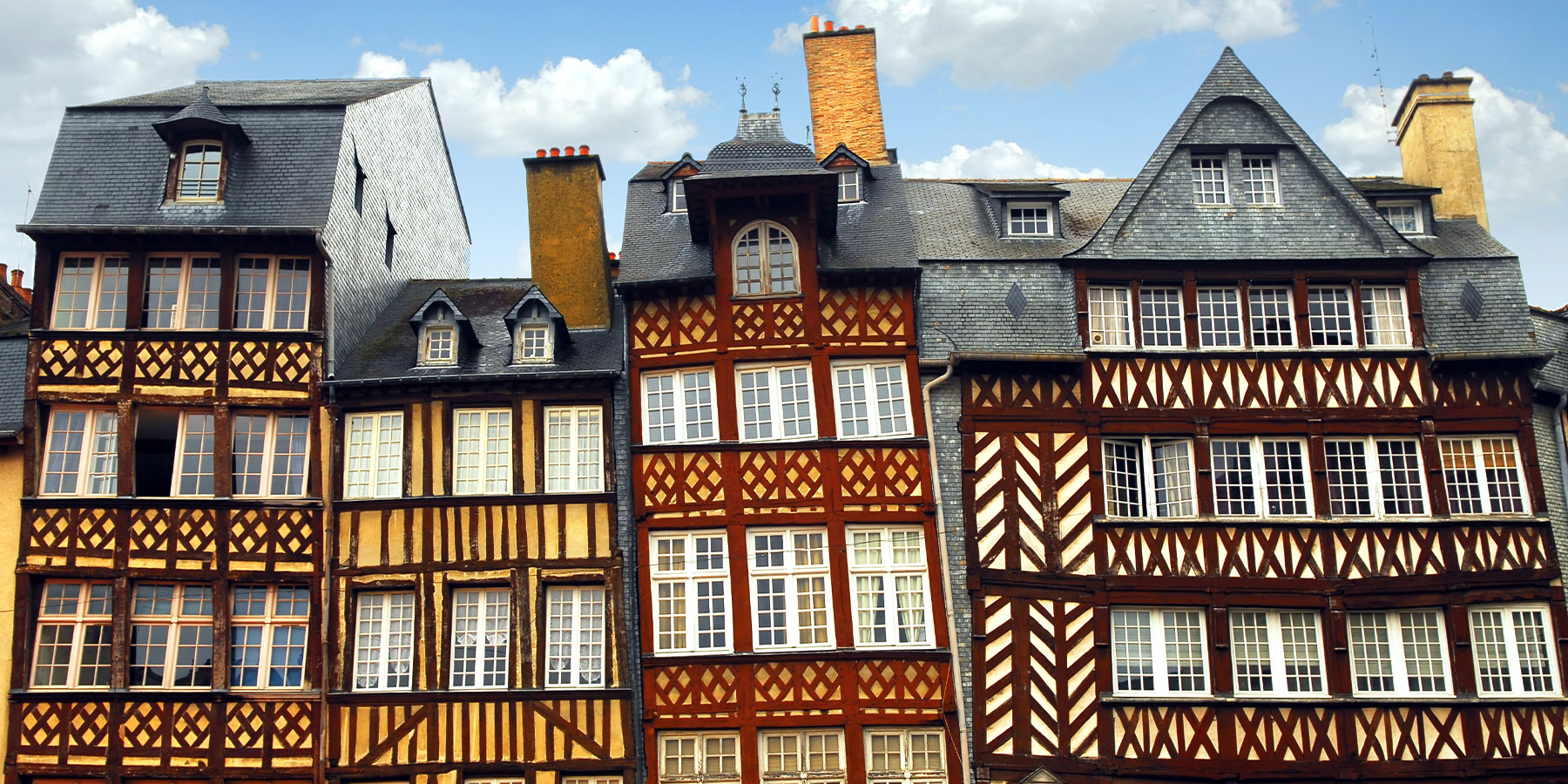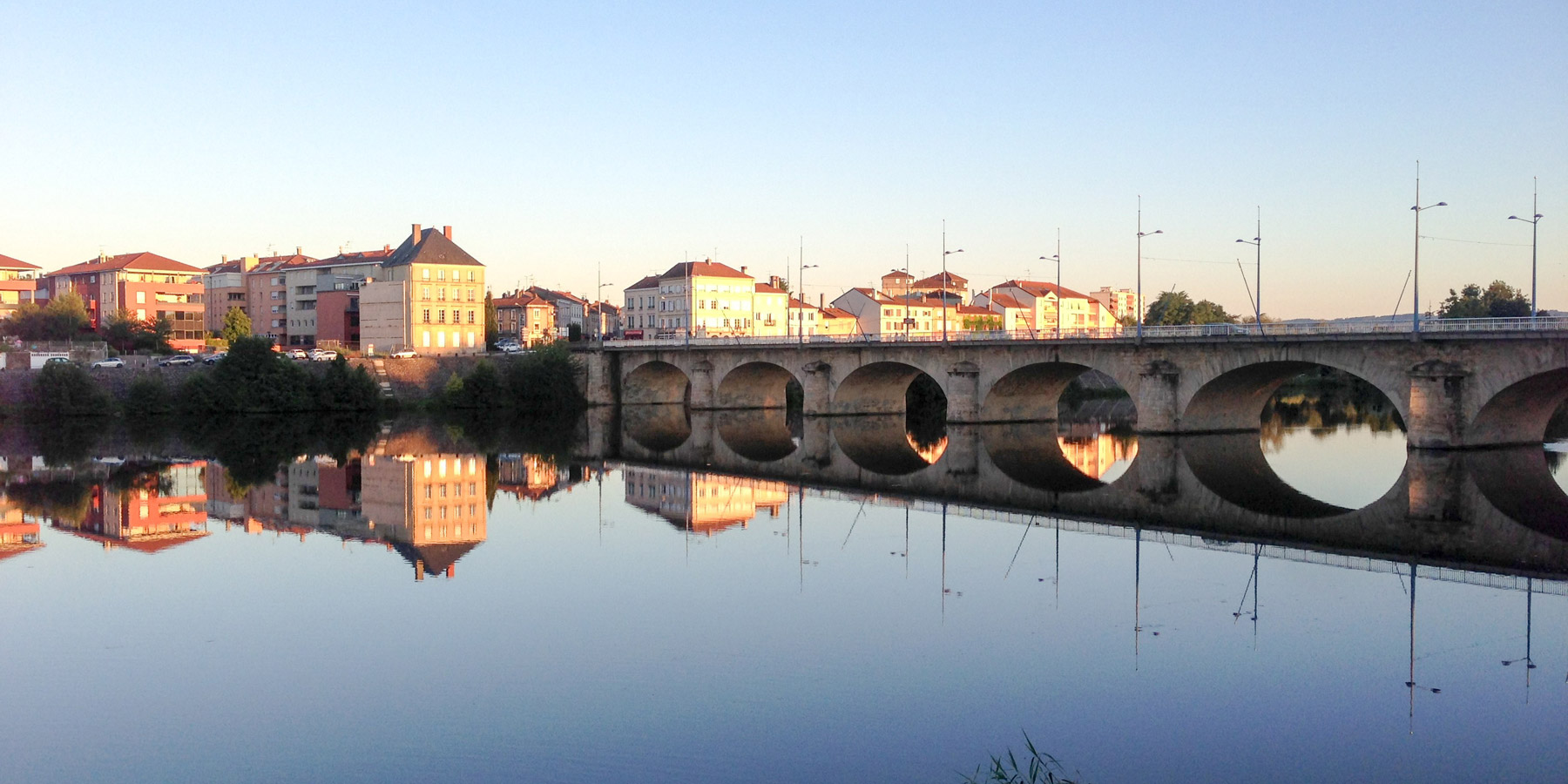
The Max Jacob Theater

This point of interest is available as audio on the tour: Visit Quimper, Cornouaille’s Capital in All Its Glory
Along the banks of the Odet, Quimper offers a charming step back in time to the elegance of the Belle Époque and the energy of the Roaring Twenties. There’s no better place to start this architectural journey than right here at the Max Jacob Theater. Stylish and refined, this cultural landmark didn’t always have an easy place in the city’s heart. Its construction came at a time that was, to say the least, less than ideal. Here’s the story. Throughout the 19th century, Quimper’s bourgeois circles frequently lamented the lack of a proper theater. The issue had been hanging in the air for years, until a turning point came in 1893, when a local lawyer named Urbain Couchouren bequeathed an orchard to the city. His only condition? That it be used to build a retirement home. The city hall, however, had other ideas. They saw the location as the perfect spot for the long-awaited theater. Ignoring the donor’s wishes and working out some creative financial arrangements, the city’s plans sparked legal tensions and controversy. The scandal even made it into literature—Max Jacob, the French poet and painter after whom the theater is named, later recounted the whole affair in his novel and play Le Terrain Bouchaballe. In the end, despite the protests, President Émile Loubet signed off on the project, and after two years of construction, the theater opened its doors in 1904. Classified as a historic monument in 1997, the Max Jacob Theater is currently closed for renovation, with plans to reopen in 2025. When it does, visitors will once again be able to admire its stunning Italian-style interiors. In the meantime, you can enjoy a stroll through the charming English-style garden just behind—it’s open to all.


Discover Quimper with app
An interactive guide through the most beautiful streets, squares, and districts
23 fun audioguides full of historical facts, anecdotes, and legends





Comments